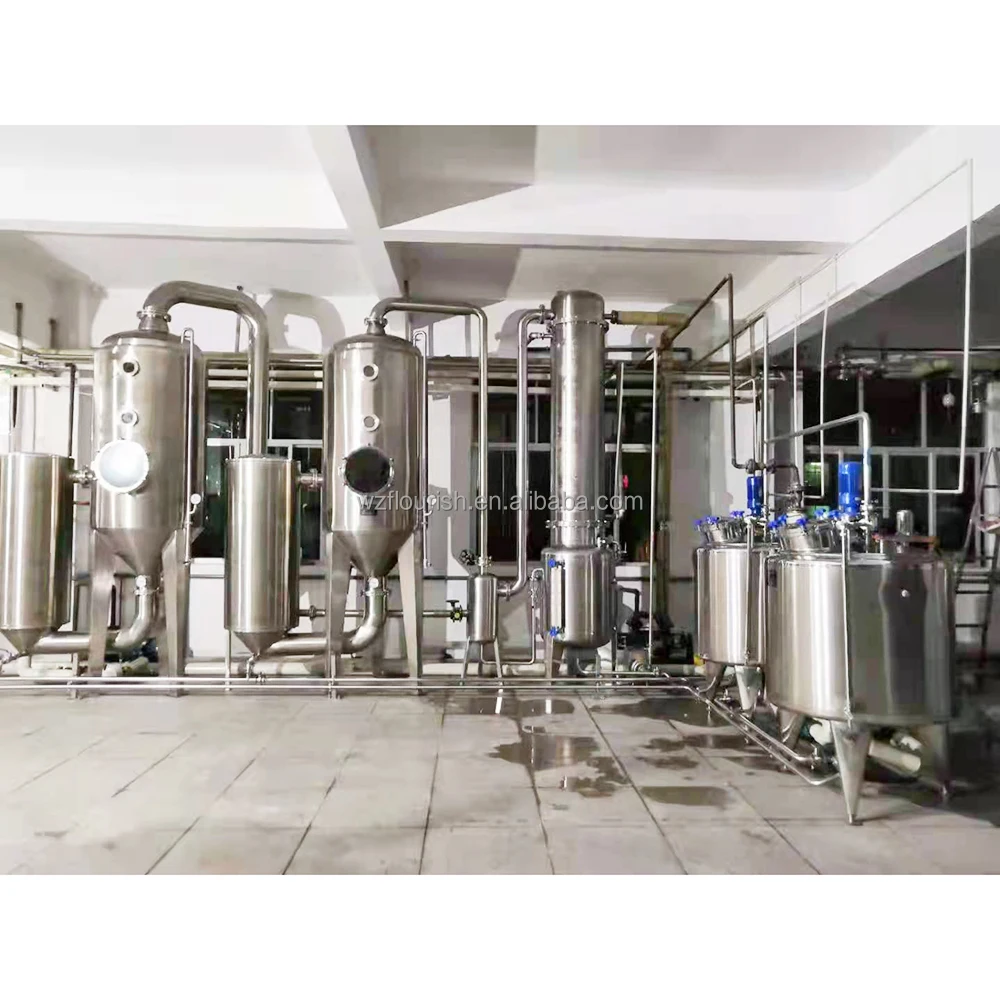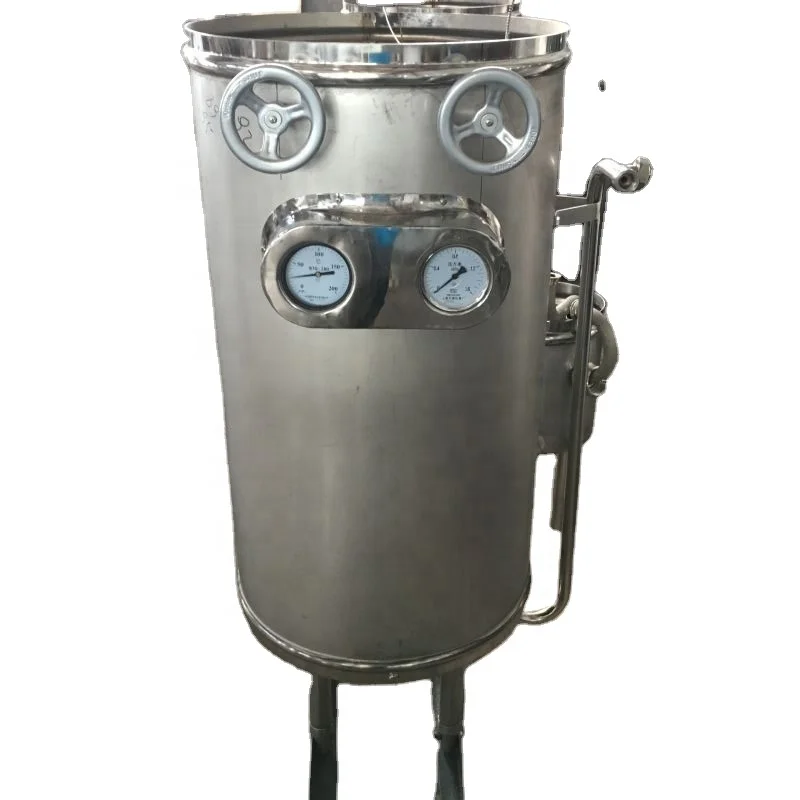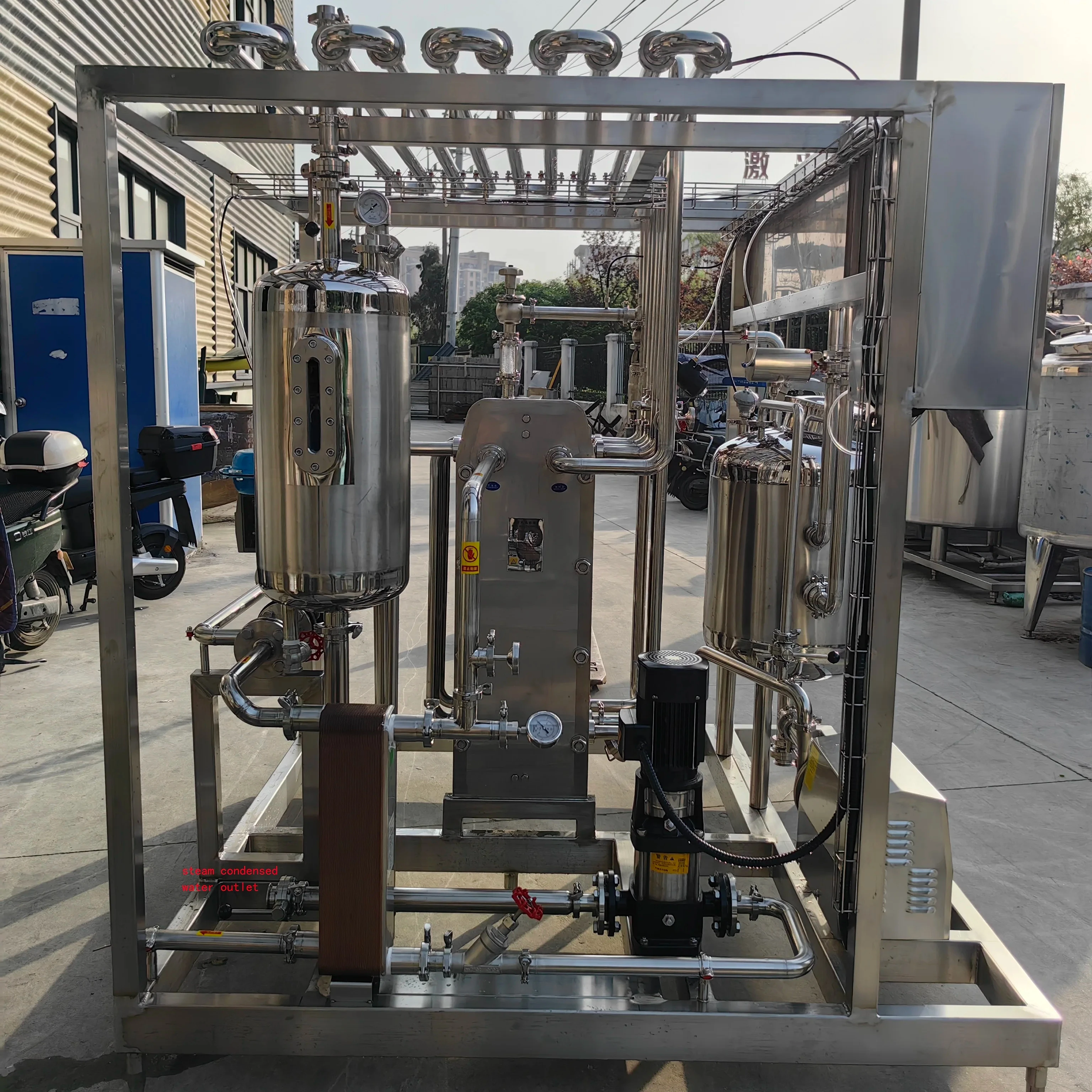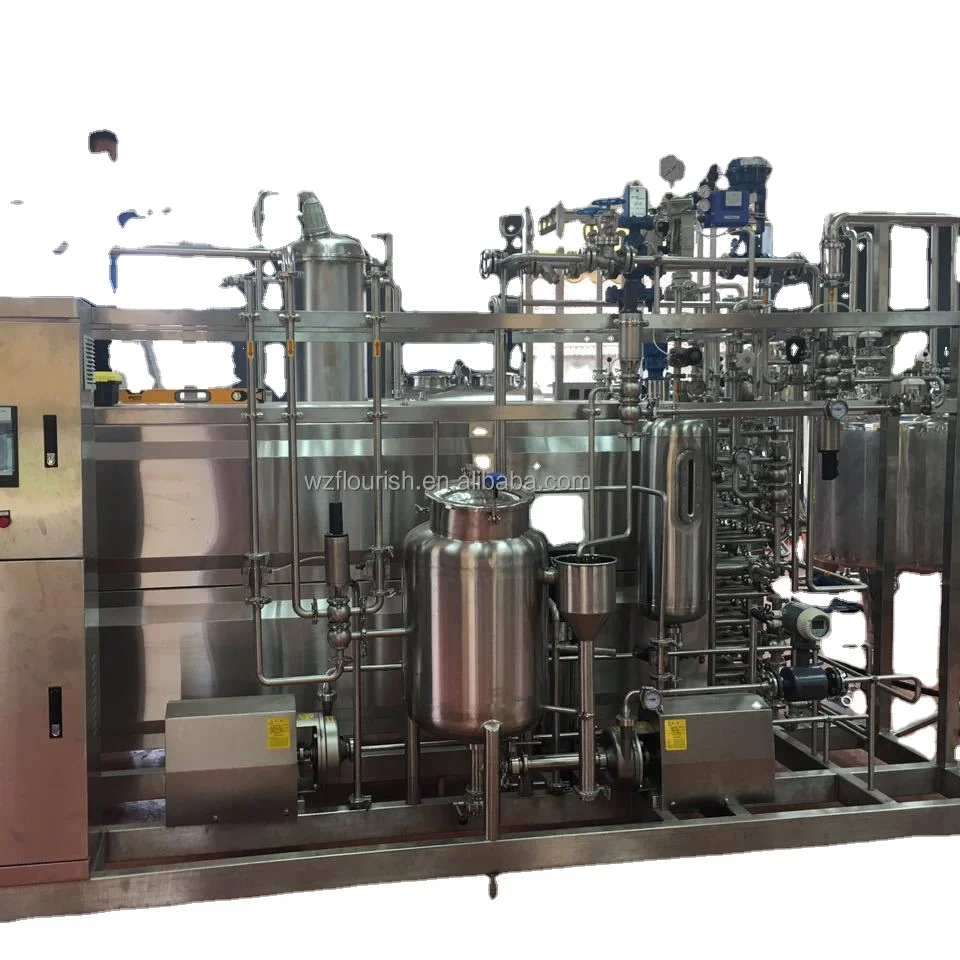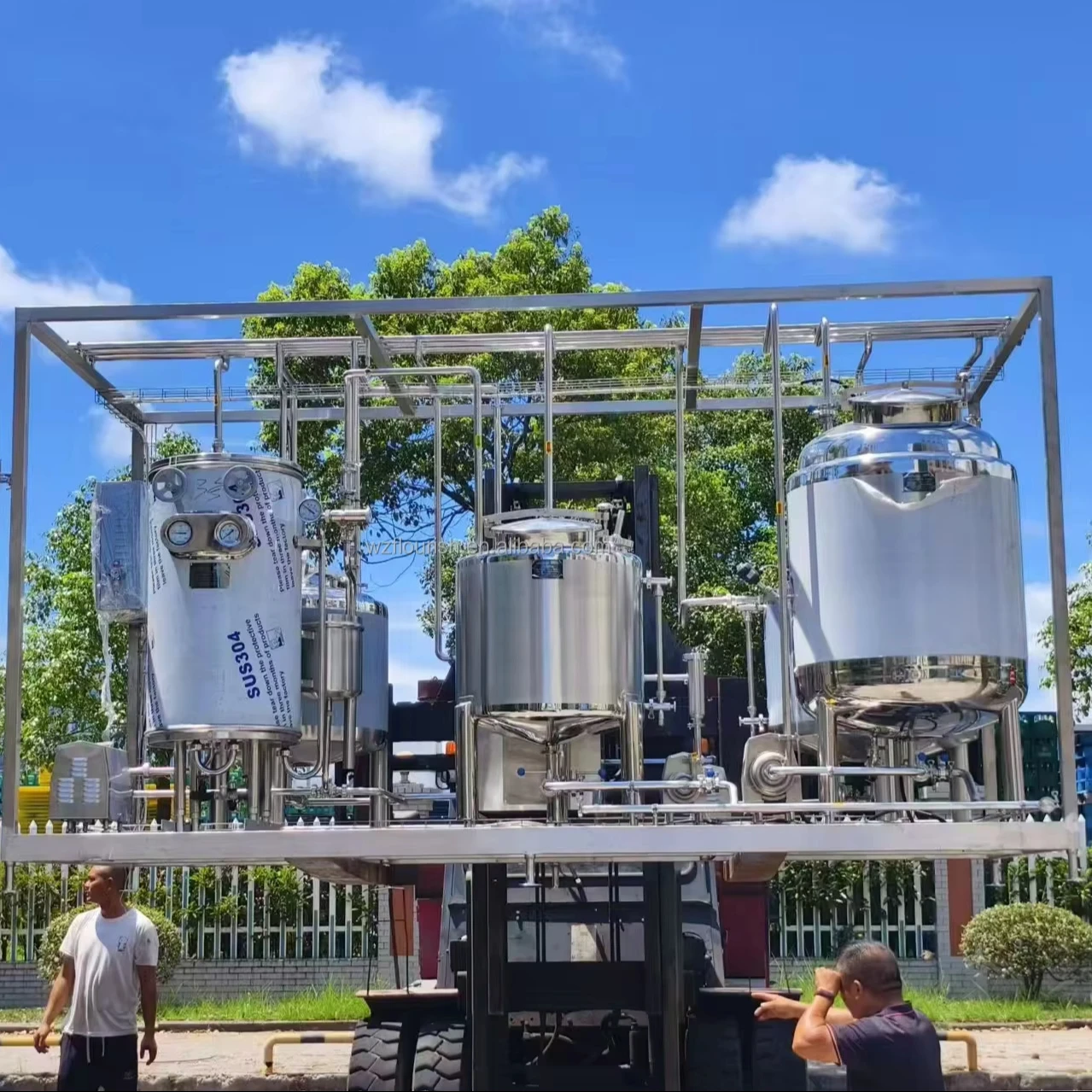ABOUT
Wenzhou Vince Machinery Science Co., Ltd. was established in early 1980s. Our company covers an area of 6500 square meters and is an independent legal representative firm, possessing rich economic technology strength. Our company is a high tech enterprise and plays an important role in national dairy, foodstuff, pharmacy and machinery industries. We are a beverage machinery supplier.
Since the establishment, our company has mainly engaged in dairy products, foodstuff, beverage machinery, bean products, yellow wine, medicines and fermentation projects. What's more, our company supplies a complete sequence services in manufacturing, installation, test and personnel train, as well as the whole direction service design and consulting service on product project construction or enlargement artistic distribution engineering sets budget.
PRODUCTS
UHT Sterilizer Cleaning Procedures
Pre-Cleaning Procedures
Before commencing the main cleaning cycle, a crucial pre-cleaning phase is necessary. This involves removing any large debris or visible residues from the system. This can be achieved using a combination of manual cleaning and low-pressure water rinsing. Personnel should wear appropriate personal protective equipment (PPE), including gloves, aprons, and safety glasses, throughout the entire cleaning process. The initial rinsing helps to dislodge and remove loose materials, preventing them from interfering with the subsequent chemical cleaning phases.
Careful attention should be paid to hard-to-reach areas such as valves, pipes, and crevices within the heat exchanger. Specialized cleaning tools, such as brushes and high-pressure nozzles, may be needed to efficiently remove stubborn residues. The discharge of pre-rinsing water must be directed to a designated area to avoid environmental contamination. Accurate record-keeping of this initial phase is crucial for traceability and ensuring consistent hygiene standards.
Chemical Cleaning
Following the pre-cleaning, a thorough chemical cleaning is essential to eliminate any remaining organic matter and mineral deposits. The choice of cleaning agents depends on the specific type of soiling and the materials of the UHT sterilizer. Caustic solutions (alkaline cleaners) are often used to remove protein and fat residues, while acidic cleaners are effective in dissolving mineral scale and removing milk stone.
The concentration and contact time of the cleaning agents must be carefully controlled according to the manufacturer's instructions and validated cleaning procedures. Circulation pumps within the sterilizer are utilized to ensure even distribution of the cleaning solution throughout the system, maximizing contact with all surfaces. Temperature plays a significant role in the effectiveness of the cleaning agents, with higher temperatures generally accelerating the cleaning process. Regular monitoring of temperature and solution concentration is necessary to ensure efficacy.
Post-Cleaning and Sanitization
After the chemical cleaning phase, a thorough rinsing process is imperative to remove all traces of cleaning agents. This involves circulating clean water through the system for a sufficient duration to ensure complete removal. The rinse water must be tested to verify the absence of cleaning chemicals before proceeding to the sanitization phase.
Sanitization is the final step, aimed at eliminating any remaining microorganisms. This is typically achieved using a sanitizing agent such as chlorine dioxide or peracetic acid, again following the manufacturer’s instructions and validated procedures. A final rinse with potable water follows the sanitization to eliminate residual sanitizer. The entire process, including chemical concentrations, temperatures, and contact times, must be meticulously documented for quality control and regulatory compliance.
Regular Maintenance and Validation
Regular maintenance, including visual inspections and periodic checks of equipment functionality, is crucial to prevent issues. Regular cleaning validation is paramount to demonstrate the effectiveness of the cleaning procedures. This involves taking samples from various points within the system and analyzing them for the presence of microorganisms and cleaning agents. A documented validation program ensures that the cleaning procedures are effective in maintaining the hygienic integrity of the UHT sterilizer and safeguarding product quality and safety.
Proper UHT sterilizer cleaning procedures are not just a matter of hygiene; they are fundamental to maintaining efficient and reliable operation of the equipment, preventing costly downtime, and ensuring the production of safe and high-quality food products. Adherence to strict protocols and meticulous record-keeping are critical for maintaining hygiene standards and meeting industry regulations.
SUBSCRIBE
INQUIRY


